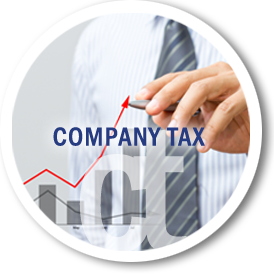Whether it is down to the spread of the Coronavirus or just a general trend to a more cashless society, card payments have boomed in the last couple of years.
While restrictions were in place, hardly anyone accepted cash and it is a trend that looks like it will continue with more and more payments being made through card readers.
According to figures from UK Finance, a trade association for the UK banking and financial services sector, in 2020 over half of all payments in the UK were made using cards.
While overall card payments in 2020 declined during the lockdown, their share of payments increased with over half (52 per cent) of all payments being made by cards in 2020.
This was due to many retailers encouraging card and contactless use, along with many people opting to shop online while physical stores were shut.
So, businesses must be properly prepared with the right equipment to process these transactions.
Security is vital both for customers and businesses and there is a whole range of different debit and credit card machines to choose from. There are three types, a desktop or countertop reader, a portable card reader and a mobile device.
What are the benefits of each device?
Countertop machines are fixed points in your store or restaurant and offer good connectivity.
The portable device is linked to Wi-Fi and is ideal for places like restaurants or pubs, where staff can take payments at the table.
Mobile card readers are battery-powered devices that use a GPRS signal but can link to Wi-Fi to take payments while on the move at places like outdoor markets or hospitality events.
If businesses are choosing card payment facilities, there are several platforms on the market to consider, including:
- TakePayments
- Tyl (by Natwest)
- Paymentsense
- Shopify WisePad Reader 3
- SumUp Air
- Zettle Reader 2
- Square Reader
- MyPOS Go
- Dojo Go
- Barclaycard Anywhere
What do they cost?
The costs include the device and the cost of payment processing fees. Mobile readers cost between £15 and £30, while desktop or countertop card machines cost between £150 and £200.
You can either buy the device outright or rent the device for a monthly cost. This changes from provider to provider.
What fees will the business have to pay?
Transaction fees are taken by your card payment provider as a percentage of every payment made through your card machine. They are typically between 1.5 per cent and 2 per cent of the value of the transaction.
So, if the customer buys an item costing £50 and your transaction fee is 1.75 per cent, you will be charged around 87p by your provider.
Card payment providers will also advertise a ‘card not present’ (CNP) transaction when neither the cardholder nor their card are present for the transaction – for instance, an online or phone payment, or a recurring payment.
CNP fees are usually around 2.5 per cent. They are higher for the simple reason that there is a greater risk of fraud during these kinds of payments.






